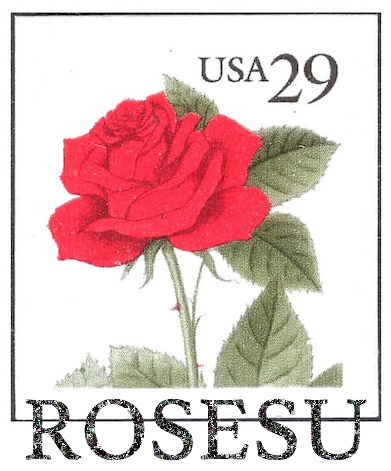Features
![Life Cycle]() Life Cycle Annual
Life Cycle Annual![Planting Season]() Planting Season Spring
Planting Season Spring![Color]() Color Mixed
Color Mixed![Growth Habit]() Growth Habit Branching
Growth Habit Branching![Plant Height]() Plant Height 30-36 inches
Plant Height 30-36 inches![Bloom Season]() Bloom Season Spring through Summer
Bloom Season Spring through Summer![Plant Features]() Plant Features Attracts Pollinators, Extended Bloom Time
Plant Features Attracts Pollinators, Extended Bloom Time![USE]() Use Container Garden, Cut Flower Garden
Use Container Garden, Cut Flower Garden![GROWING CONDITIONS]() Growing Conditions Poor Soil&Drought Tolerent, Outdoor
Growing Conditions Poor Soil&Drought Tolerent, Outdoor![Plant Resusrabce]() Plant Resusrabce Deer
Plant Resusrabce Deer
About Cornflower Seeds
![Seed Type]() Seed Type Heirloom Seed, Open Pollinated Seed
Seed Type Heirloom Seed, Open Pollinated Seed
Meet the cornflower, also known as the bachelor's button! This charming flower boasts brilliantly colored, soft, frilly double blossoms that look like they just stepped out of a fairy tale. With their fringed petals and delicate gray-green feather-like foliage, they add a touch of whimsy to any garden. Plus, they’re the life of the party when it comes to bouquets—fresh or dried, they make every arrangement feel like a celebration!
Planting Cornflower Seeds
![Planting Season]() Planting Season Spring
Planting Season Spring![Light Requirement]() Light Requirement Full Sun, Partial Shade
Light Requirement Full Sun, Partial Shade![Planting Depth]() Planting Depth 1/4 inch
Planting Depth 1/4 inch![Plant Spacing]() Plant Spacing 6-8 inches
Plant Spacing 6-8 inches![Plant Height]() Plant Height 30-36 inches
Plant Height 30-36 inches![WATER NEEDS]() Water Needs Average
Water Needs Average![HARDINESS ZONES]() Hardiness Zones 2,3,4,5,6,7,8,9,10
Hardiness Zones 2,3,4,5,6,7,8,9,10
See our Cornflower Planting Guide for more.
You may also Like
View all-
From $12.90
-
From $15.90
-
From $19.90
-
From $16.90
-
From $0.01
-
From $19.90
-
From $4.49 $16.70-73%
-
From $12.90
-
From $14.90
-
From $13.43
-
From $12.80
-
$7.65 $13.90-45%
-
From $19.90
-
From $9.80 $12.80-23%



































